Welcome to the mysterious world of the servaline genet, a captivating creature that roams the African night with unparalleled grace and beauty. In this article, we will explore the unique characteristics of the servaline genet, from its physical features and hunting prowess to its ecological significance and conservation status. Join us as we unveil the secrets of this enigmatic feline and discover its fascinating role in the African ecosystem.
Servaline Genet: Species Profile
COMMON NAME: Servaline Genet
SWAHILI NAME: Kanu-mondo
SCIENTIFIC NAME: Genetta servalina
TYPE: Mammal
FOOD: Servaline genets are carnivorous, primarily feeding on small vertebrates such as rodents, birds, reptiles, and insects. They may also consume fruits and other plant matter on occasion.
HABITAT: Servaline genets are found in various habitats including forests, woodlands, grasslands, and savannas. They are native to sub-Saharan Africa.
SIZE: Servaline genets have a body length of approximately 50 to 60 centimeters (20 to 24 inches), with a tail length of about 40 to 50 centimeters (16 to 20 inches). They weigh between 1.5 to 2.5 kilograms (3.3 to 5.5 pounds).
AVERAGE LIFE SPAN IN THE NATURAL HABITAT: In the wild, servaline genets have an average lifespan of around 10 to 15 years. However, some individuals may live longer under favorable conditions.
ACTIVE: Servaline genets are primarily nocturnal creatures, meaning they are most active during the night. They are agile climbers and proficient hunters, utilizing their sharp claws and keen senses to capture prey.
GESTATION PERIOD: The gestation period for servaline genets is approximately 60 to 70 days. Females give birth to litters of 2 to 4 young, which are born in tree hollows or other sheltered areas.
WEIGHT: Servaline genets typically weigh between 1.5 to 2.5 kilograms (3.3 to 5.5 pounds), making them small to medium-sized mammals. They have a slender body, long tail, and a pointed snout.
SIZE COMPARISON TO A 6-FT MAN: Servaline genets are smaller than a 6-ft man, with a body length of approximately 50 to 60 centimeters (20 to 24 inches). They are agile and adapted to their arboreal lifestyle, allowing them to move with grace and agility in their natural habitat.
Physical Features:
The Servaline genet (Genetta servalina), also known as the servaline civet, is a small carnivorous mammal belonging to the Viverridae family. It possesses distinct physical characteristics that set it apart. Here is a description of the Servaline genet’s appearance:
- Size and Build: The Servaline genet is a relatively small mammal, measuring approximately 40 to 55 centimeters (16 to 22 inches) in length, excluding its tail. It has a slender body with a long neck and short, sturdy legs. The tail of the Servaline genet is long and bushy, measuring around 35 to 40 centimeters (14 to 16 inches) in length.
- Coat Color and Pattern: The Servaline genet has a striking coat color and pattern. Its fur is predominantly pale yellowish-gray or tawny, with darker spots or blotches covering its body. These markings vary in shape and size, often forming a series of elongated spots or bands along the back, merging into rows of spots on the sides. The underside of the Servaline genet is typically lighter in color.
- Facial Features: The Servaline genet has a distinctive facial appearance. It has a pointed snout with a pink or flesh-colored nose. Its eyes are large and set forward, providing excellent binocular vision. The genet’s ears are rounded and often marked with a white spot on the back, adding to its unique facial characteristics.
- Limbs and Claws: The Servaline genet has well-developed limbs, with short but robust forelimbs and longer hind limbs. Its claws are sharp and retractable, aiding in climbing trees and grasping prey. These adaptations make the genet agile and efficient in its arboreal lifestyle.
- Weight Variation: Adult Servaline genets typically weigh between 1.5 to 2.5 kilograms (3.3 to 5.5 pounds). However, there can be slight variations in weight depending on factors such as age, sex, and the availability of food resources.
- Camouflaging Coat for Predation: The Servaline genet’s coat color and pattern provide effective camouflage within its natural habitat. The combination of pale yellowish-gray and dark markings helps it blend into various environments, including grasslands, savannas, and forested areas. This camouflaging adaptation aids in both hunting and avoiding potential predators.
The unique appearance of the Servaline genet showcases its adaptation to a life in the trees and its role as an efficient predator. Its coloration and markings allow it to blend into its surroundings, while its agile body and sharp claws enable it to navigate through the vegetation with ease.
A. Sleek and Elegant Body:
The servaline genet (Genetta servalina) boasts a slender and agile physique, resembling a smaller version of its relative, the serval. It features a long body with short, dense fur that varies in color, ranging from sandy brown to pale gray. Its lithe and graceful movements make it a sight to behold in the African night.
B. Prominent Facial Markings:
One distinguishing feature of the servaline genet is its striking facial pattern. It exhibits dark lines or spots extending from its eyes to the sides of its face, giving it a distinctive appearance. These markings serve as both camouflage and a means of communication within the species.
Habitat and Range:
The servaline genet is primarily found in sub-Saharan Africa, inhabiting a range of diverse habitats. It can be encountered in various ecosystems, including savannas, grasslands, woodlands, and even mountainous regions. This adaptability allows the servaline genet to thrive across a wide geographic range.
Nocturnal Predator:
The Servaline genet (Genetta servalina) exhibits a range of fascinating behaviors that contribute to its survival and unique ecological role. Here are some notable aspects of the Servaline genet’s behavior:
- Arboreal Lifestyle: The Servaline genet is primarily arboreal, spending a significant amount of time in trees. It is an agile climber and uses its sharp claws and well-developed limbs to navigate through the branches with ease. This arboreal lifestyle allows the genet to access food sources, find shelter, and avoid ground-dwelling predators.
- Nocturnal Activity: The Servaline genet is predominantly nocturnal, meaning it is most active during the night. It has adapted to low-light conditions and possesses excellent night vision, which aids in foraging, hunting, and navigating its environment. The cover of darkness provides protection and reduces the chances of encountering diurnal predators.
- Solitary Nature: Servaline genets are solitary animals, typically preferring to live and forage alone. They establish and maintain territories, which they mark using scent markings to communicate their presence and deter intruders. Within their territories, genets have exclusive access to resources such as food and mates.
- Territorial Behavior: Servaline genets are territorial and defend their designated areas against intruders of the same species. They use scent markings, such as urine and secretions from their anal glands, to mark trees and other objects within their territory. These scent markings serve as visual and olfactory cues to communicate ownership and minimize conflicts.
- Vocalizations and Communication: Servaline genets communicate with conspecifics using a range of vocalizations. These vocal signals include purring, chattering, growling, and hissing. These vocalizations play a role in establishing territory boundaries, mate attraction, and social interactions with other genets.
- Diet and Foraging Behavior: The Servaline genet has a varied diet that includes small mammals, birds, reptiles, insects, and fruits. It is an opportunistic predator and adapts its foraging behavior based on available food resources. The genet hunts by stalking and ambushing prey from trees, employing its sharp claws and agility to capture small animals.
- Crepuscular Activity: While the Servaline genet is primarily nocturnal, it may also exhibit crepuscular activity, being active during dawn and dusk. This behavior allows the genet to take advantage of the transitional periods between day and night when there may be increased activity among potential prey species.
The behavior of the Servaline genet highlights its adaptations to an arboreal lifestyle, solitary nature, and nocturnal activity. These behaviors enable it to thrive in its natural habitat and fulfill its ecological role as an agile predator.
A. Stealth and Agility:
The servaline genet is a skilled nocturnal predator, active primarily during the night. It relies on its exceptional agility and stealth to navigate its environment and hunt for prey. With its sharp retractable claws and keen senses, it can swiftly climb trees and pounce on unsuspecting victims.
B. Versatile Diet:
As an opportunistic carnivore, the servaline genet has a varied diet. It preys on small animals such as rodents, birds, insects, reptiles, and occasionally feeds on fruits and other plant matter. This dietary flexibility enables the genet to adapt to the availability of food sources in its habitat.
Ecological Importance:
A. Controlling Prey Populations:
By preying on small mammals, birds, and insects, the servaline genet plays a vital role in regulating prey populations within its ecosystem. This helps maintain a balanced and healthy ecosystem, preventing overpopulation and the potential negative impacts on vegetation and other species.
B. Seed Dispersal:
As the servaline genet occasionally consumes fruits and plant matter, it contributes to seed dispersal. Through the ingestion and subsequent excretion of seeds, it aids in the propagation and diversity of plant species in its habitat, supporting the overall health and resilience of the ecosystem.
Conservation Status and Threats:
A. Habitat Loss and Fragmentation:
The servaline genet faces significant threats due to habitat loss and fragmentation caused by human activities, such as deforestation, agricultural expansion, and urbanization. The destruction of its natural habitat disrupts its range and connectivity, reducing its chances of survival.
B. Illegal Wildlife Trade:
The attractive fur of the servaline genet has made it a target of the illegal wildlife trade. Poaching for its fur poses a severe threat to the population, as it diminishes their numbers and disrupts the balance of ecosystems. Strict enforcement of laws and increased public awareness are essential in combatting this illicit trade.
Conservation Efforts:
A. Protected Areas and Habitat Conservation:
Establishing and expanding protected areas within the servaline genet’s range are critical for its conservation. Preserving its natural habitat provides a sanctuary for the genet and safeguards the diverse ecosystems it inhabits.
B. Community Engagement and Education:
Engaging local communities in conservation initiatives and raising awareness about the importance of protecting the servaline genet and its habitat are key components of conservation efforts. By fostering a sense of pride and ownership among community members, we can promote sustainable practices and mitigate human-wildlife conflicts.
Research and Monitoring:
Continued research and monitoring of the servaline genet’s population, habitat preferences, and ecological interactions are vital for conservation planning and decision-making. This knowledge empowers conservationists to develop targeted strategies for the genet’s protection and ensures the effectiveness of conservation efforts.
Genetta servalina
The Genetta servalina or servaline genet, with its elusive nature and graceful demeanor, is an emblematic species of the African night. Its role as a predator and seed disperser highlights its ecological significance and underscores the importance of its conservation. Through concerted efforts in habitat protection, community engagement, and research, we can secure a future where the servaline genet thrives, enriching the African landscape with its presence and perpetuating the intricate web of life.
Servaline genet Adaptations
The Servaline genet (Genetta servalina) possesses several adaptations that contribute to its survival and enable it to thrive in its habitat. These adaptations have evolved over time to meet the unique challenges it faces. Here are some notable adaptations of the Servaline genet:
- Arboreal Adaptations: The Servaline genet has well-developed limbs and sharp, retractable claws, allowing it to be an agile climber. Its long and flexible body, along with a muscular tail, helps maintain balance while moving through trees. These adaptations enable the genet to navigate arboreal environments with ease, providing access to food sources and safe resting places.
- Nocturnal Vision: As a primarily nocturnal species, the Servaline genet has adapted to low-light conditions. It possesses large eyes that are specifically adapted for improved night vision. This adaptation allows the genet to detect movement and objects in dim light, aiding in successful foraging and navigation during nighttime activities.
- Camouflaging Coat: The Servaline genet’s coat color and pattern provide effective camouflage within its habitat. Its pale yellowish-gray fur, combined with dark spots or blotches, helps it blend into various environments, including grasslands and forested areas. This adaptation aids in both hunting by reducing visibility to prey and avoiding potential predators through enhanced concealment.
- Scent Marking and Communication: Servaline genets use scent marking as a means of communication and territorial defense. They possess specialized anal glands that produce secretions with distinct odors. By rubbing these secretions onto objects or trees within their territory, genets can convey information about their presence, territorial boundaries, and reproductive status to other individuals.
- Flexible Diet: The Servaline genet has an adaptable diet that allows it to exploit a variety of food sources. While it primarily feeds on small mammals, birds, reptiles, and insects, it can also consume fruits and other plant matter when available. This dietary flexibility enables the genet to adjust its feeding habits based on seasonal and environmental variations.
- Agility and Hunting Techniques: The Servaline genet possesses remarkable agility and employs various hunting techniques. It stalks and ambushes prey from trees, utilizing its keen senses, sharp claws, and quick reflexes to capture small animals. Its arboreal adaptations, combined with stealthy movements, contribute to successful hunting in both ground and tree-dwelling prey.
These adaptations of the Servaline genet showcase its evolutionary specialization for an arboreal and nocturnal lifestyle. Each adaptation plays a crucial role in enhancing its survival, efficiency in capturing prey, and maintaining its ecological niche within its habitat.
Where to see Servaline genet in Tanzania
If you’re interested in observing the elusive Servaline genet (Genetta servalina) in Tanzania, it can be found in various regions with suitable habitats. While sightings can be rare due to their nocturnal and elusive nature, here are a few places where you might have a chance to encounter the Servaline genet:
- Serengeti National Park: Serengeti National Park, known for its vast savannahs and diverse wildlife, offers a chance to spot the Servaline genet. Although it may be challenging to observe them during daytime game drives, the park’s nocturnal safaris or guided night walks can increase your chances of encountering this elusive species.
- Tarangire National Park: Tarangire National Park, located in northern Tanzania, is famous for its large elephant herds and baobab trees. The park’s woodland areas provide suitable habitat for the Servaline genet. Engaging in night safaris or staying in lodges with nocturnal wildlife viewing opportunities can enhance your chances of spotting these elusive creatures.
- Lake Manyara National Park: Lake Manyara National Park, situated at the foot of the Great Rift Valley, is known for its diverse ecosystems and tree-climbing lions. The park’s forested areas and dense vegetation offer potential habitat for the Servaline genet. Exploring these habitats during night drives or guided walks may provide opportunities to observe this elusive species.
- Mahale Mountains National Park: Located on the shores of Lake Tanganyika, Mahale Mountains National Park is renowned for its population of chimpanzees. The park’s forests and woodlands are home to various wildlife, including the Servaline genet. While primarily visiting for the chimpanzees, keeping an eye out during nocturnal activities might offer a chance to spot these elusive creatures.
Please note that sightings of the Servaline genet can be rare due to their nocturnal and secretive behavior. Patience, persistence, and the guidance of experienced guides or rangers are essential for increasing your chances of observing them in their natural habitat. Additionally, always follow ethical guidelines and maintain a respectful distance to minimize disturbance to these wild animals.
By visiting these beautiful Tanzanian locations and appreciating the remarkable biodiversity they offer, you contribute to the conservation of not only the Servaline genet but also the entire ecosystem they inhabit.
Servaline genet Safari Tips
If you’re planning a safari to spot the elusive Servaline genet (Genetta servalina) in Tanzania, here are some helpful tips to enhance your experience and increase your chances of observing these fascinating creatures in their natural habitat:
- Choose the Right Safari Destination: Select safari destinations in Tanzania known for their diverse wildlife and suitable habitats for the Servaline genet. Serengeti National Park, Tarangire National Park, Lake Manyara National Park, and Mahale Mountains National Park are among the places where you might have an opportunity to encounter these elusive genets.
- Engage in Nocturnal Safaris or Night Walks: Servaline genets are primarily nocturnal, so participating in night safaris or guided night walks can significantly improve your chances of spotting them. These activities are specifically designed to explore the nocturnal world and offer opportunities to observe these elusive creatures in their active hours.
- Patience and Silence: Practice patience and maintain a quiet atmosphere during your safari. Servaline genets are shy and sensitive to noise. By minimizing disturbances and keeping noise levels low, you increase the chances of their natural behavior being unaffected and potentially coming across them.
- Follow the Guidance of Experienced Guides: Experienced guides or rangers have valuable knowledge of the local wildlife, including the Servaline genet. Their expertise can help you locate potential areas where these genets are more likely to be found. Listen to their advice, follow their instructions, and ask questions to enhance your safari experience.
- Focus on Forested and Woodland Areas: Servaline genets prefer forested and woodland habitats, so concentrate your efforts in these areas during your safari. Pay attention to dense vegetation, tree canopies, and areas with abundant wildlife activity, as these are potential habitats and foraging grounds for the genets.
- Use Nocturnal Equipment: Equip yourself with appropriate gear for nocturnal observations. This includes a flashlight or headlamp with a red filter to avoid disturbing the genets with bright light. Binoculars or a camera with low-light capabilities can also be beneficial for observing and capturing moments during night safaris.
- Respect Wildlife and their Habitat: Always remember to respect the wildlife and their natural habitat. Maintain a safe distance and avoid interfering with their behavior. Follow ethical guidelines and adhere to park regulations to ensure the well-being of the Servaline genets and the preservation of their environment.
- Appreciate the Whole Safari Experience: While the Servaline genet may be your primary interest, remember to appreciate the entirety of the safari experience. Tanzania is home to a diverse array of wildlife and stunning landscapes. Take time to immerse yourself in the beauty of the surroundings and appreciate the interconnectedness of the ecosystem.
By following these safari tips, you increase your chances of encountering the Servaline genet and enjoying a rewarding wildlife experience in Tanzania. Remember to approach wildlife with respect, patience, and a sense of awe, as observing these elusive creatures in their natural habitat is a privilege.
Servaline genet FAQs
1. What is a Servaline genet?
The Servaline genet (Genetta servalina) is a small carnivorous mammal belonging to the Viverridae family. It is native to various regions of Africa, including Tanzania. With its slender body, distinctive coat pattern, and arboreal nature, the Servaline genet is known for its elusive behavior.
2. How can I identify a Servaline genet?
The Servaline genet can be identified by its pale yellowish-gray fur with dark spots or blotches, which form elongated patterns along its back and sides. It has a slender body, short legs, a long tail, and a pointed snout. The Servaline genet’s appearance is similar to other genet species, but its specific coat pattern distinguishes it.
3. Where can I see Servaline genets in Tanzania?
Servaline genets can potentially be found in various regions of Tanzania, including national parks such as Serengeti, Tarangire, and Lake Manyara. These genets prefer forested and woodland habitats. While sightings can be rare due to their nocturnal behavior, engaging in night safaris or guided walks can increase your chances of spotting them.
4. Are Servaline genets dangerous to humans?
Servaline genets are not considered dangerous to humans. They are generally shy and elusive, preferring to avoid contact with humans. However, it is always important to maintain a respectful distance and observe wildlife from a safe and responsible distance to minimize any potential risks or disturbances.
5. What do Servaline genets eat?
Servaline genets have an omnivorous diet, feeding on a variety of food items. Their diet includes small mammals, birds, reptiles, insects, fruits, and other plant matter. They are opportunistic predators, adapting their feeding habits based on the availability of food resources in their environment.
6. Are Servaline genets endangered?
As of my knowledge cutoff in September 2021, the Servaline genet is not listed as an endangered species. However, the conservation status may vary across its range. Habitat loss, fragmentation, and human activities pose threats to their populations. Continued monitoring and conservation efforts are crucial to ensure their long-term survival.
7. Are Servaline genets nocturnal?
Yes, Servaline genets are primarily nocturnal. They are most active during the night, using their keen night vision and agility to hunt, forage, and navigate through their arboreal habitats. Their nocturnal behavior allows them to avoid diurnal predators and take advantage of prey species that are active during the night.
8. Can Servaline genets be kept as pets?
Servaline genets are wild animals and are not suitable or legal to be kept as pets in most regions. They have specific dietary, environmental, and behavioral requirements that cannot be met in a domestic setting. It is important to respect their natural behavior and support conservation efforts aimed at protecting their wild populations.
9. How can I contribute to the conservation of Servaline genets?
You can contribute to the conservation of Servaline genets by supporting organizations and initiatives focused on wildlife conservation in Tanzania and beyond. This can be done through donations, raising awareness about their ecological importance, and promoting sustainable practices that protect their habitats. Additionally, engaging in responsible tourism and adhering to ethical guidelines when visiting their habitats can help minimize disturbances and promote their conservation.
10. Can Servaline genets be seen during the day?
While Servaline genets are primarily nocturnal, there have been occasional sightings of them during the day. However, such sightings are relatively rare. Their nocturnal behavior and preference for low-light conditions make them more active and easier to observe during nighttime activities. Engaging in night safaris or guided walks can increase your chances of seeing them in their natural habitat.

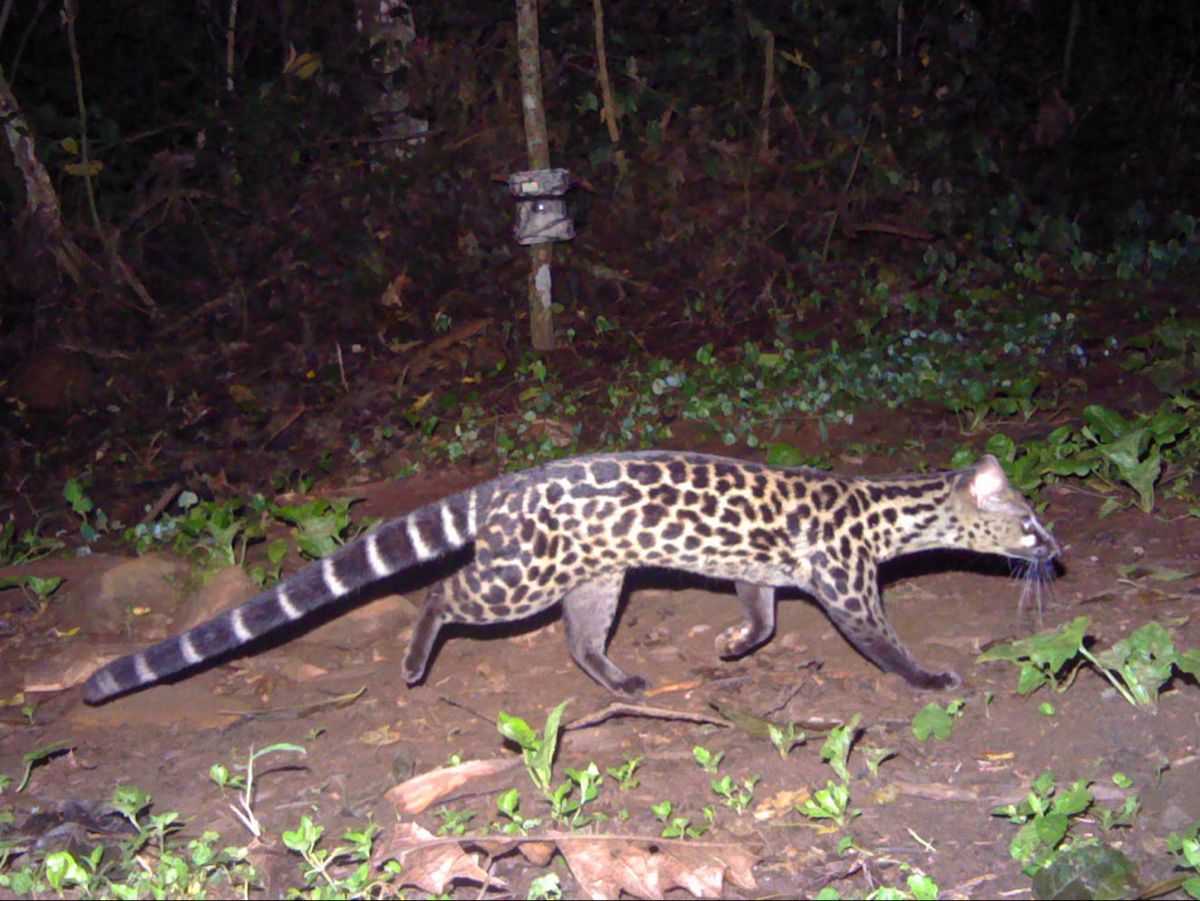
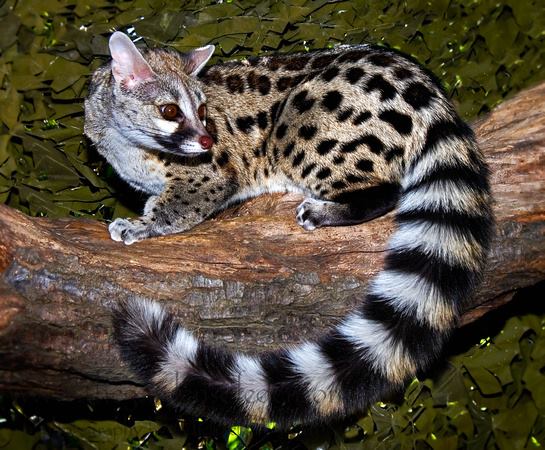
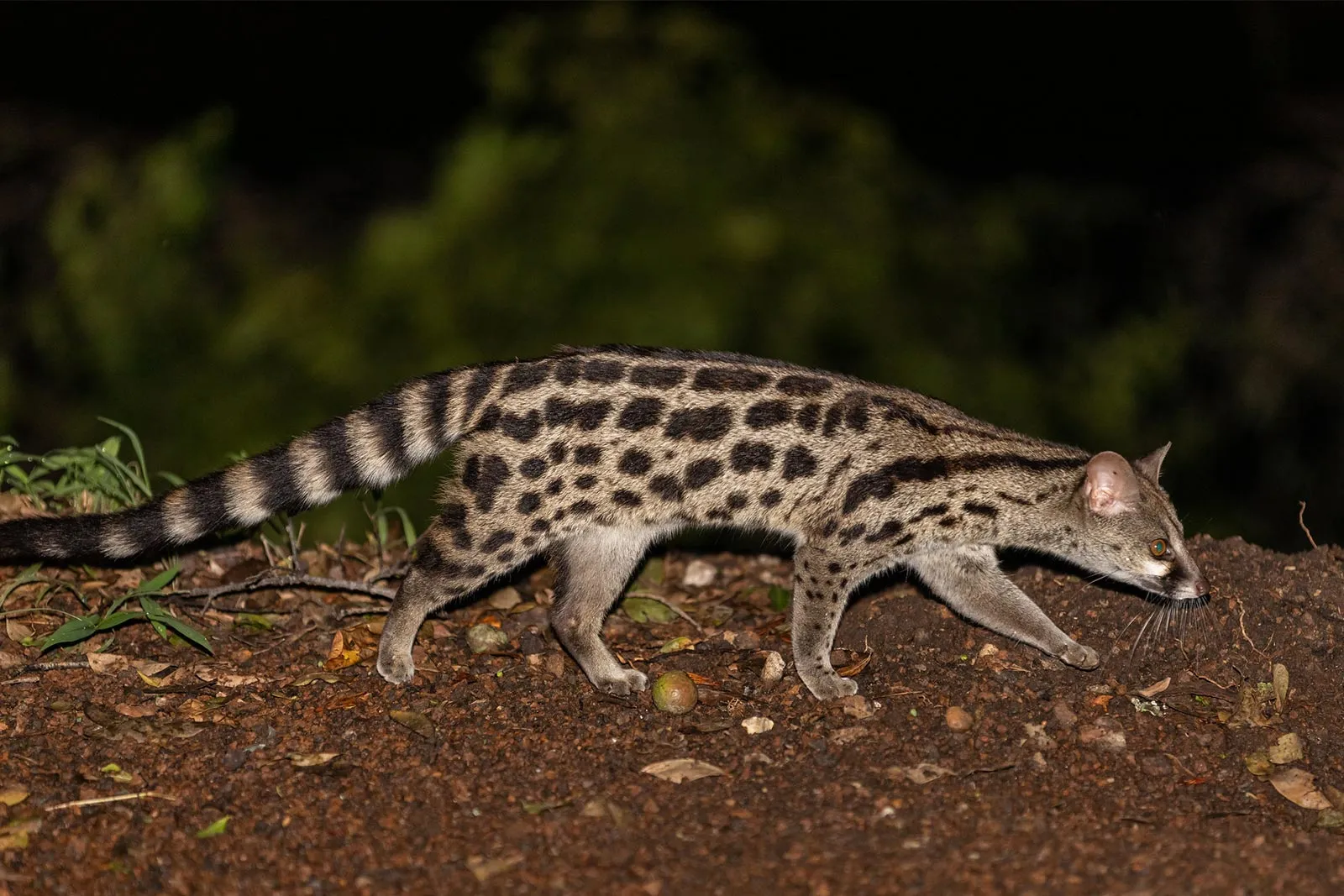

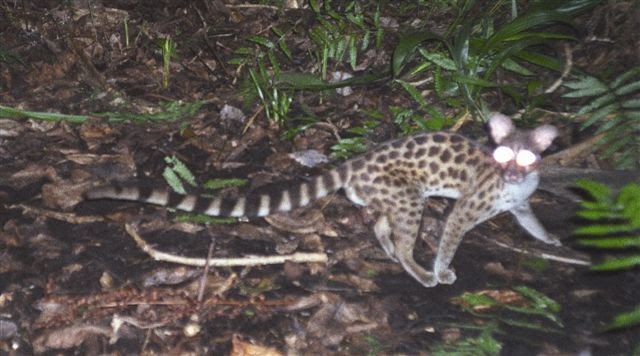
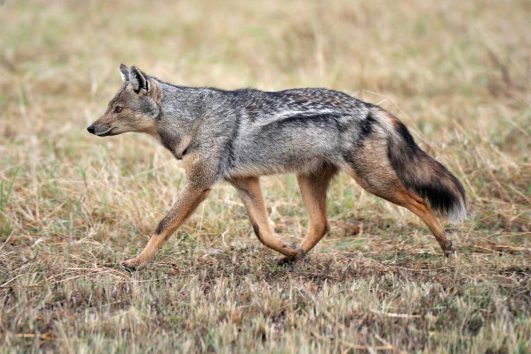
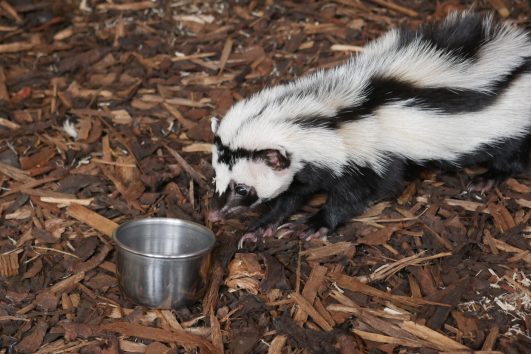
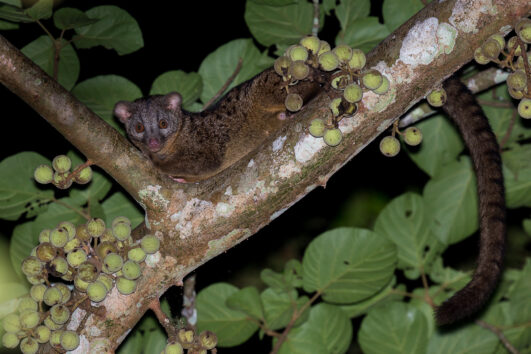
Tour Reviews
There are no reviews yet.
Leave a Review